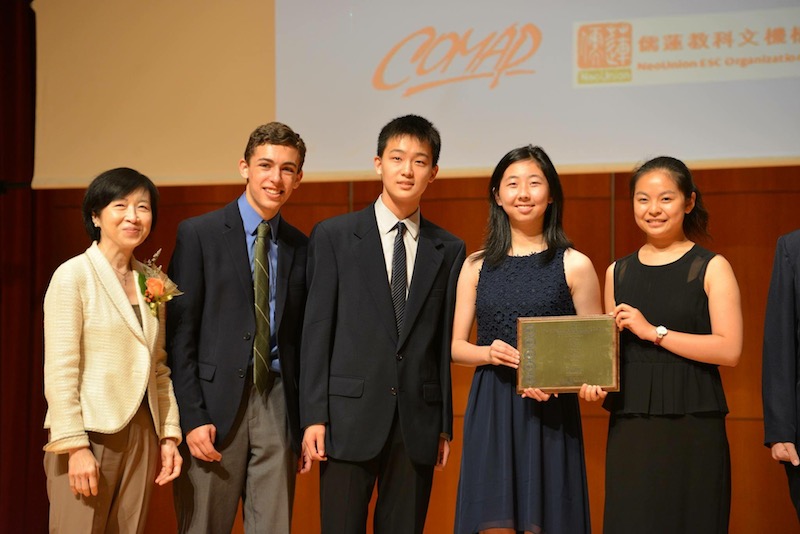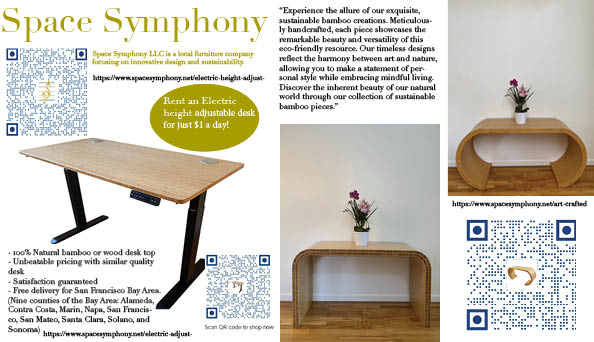
A team of four Palo Alto High School seniors awaits results from the International Math Modeling Competition after being selected as one of the two US representatives on May 17, according to math instructional supervisor Radu Toma.
The seniors, Allison Zhang, Kathryn Li, Eric Foster and Andrew Lee, will now have their IMMC paper judged in the international stage of the IMMC.
“Our paper will compete against papers on the same problem chosen by the judging panels in about 20 other countries, and those international results will be announced in June,” Foster said.
The teams that produce the top four papers internationally will be invited to the International Conference on Mathematical Education in Hamburg, Germany this July, according to Li.
The team qualified for the IMMC after winning the High School Mathematical Contest in Modeling last fall, according to Foster.
According to the Li, the team got a classroom at Paly to work in for IMMC, and had five days to complete its mathematical model after receiving the modeling problem.
Foster explains that the team created a mathematical model that determined the viability of prize indemnification insurance.
“People organizing athletic events can offer a financial prize to anyone who breaks a world record at their event,” Foster said. “However, they would rather not have to pay out that prize and can buy insurance that will insure the race organizers against the need to pay: if an athlete breaks a world record, the insurance will pay the prize. In return, the race organizers pay a regular fee to the insurance company. Our paper developed a mathematical model that tells insurance companies how much they should charge and tells race organizers the conditions under which it makes financial sense for them to buy, or not buy, that insurance.”
Zhang attributes the team’s strong performance to its perseverance, as they had to start over multiple times.
“Competing in a 5-day challenge is a lot like running a marathon,” Zhang said. “By the end of our time allotted, all of us were exhausted and incoherent in our speech. In almost each of our competitions, we would find a possible solution, only to discover later that it had a fatal flaw. Initially, we were extremely frustrated, but as we became more experienced, we also got used to starting over after failure. I think the ability to rebound is important as a life skill, and for this reason would strongly encourage anyone interested in mathematics to try a math modeling competition, because it really builds perseverance.”
According to Lee, the team felt more prepared for the competition this year than last year.
“Another year of math courses, programming classes, and developing problem solving skills in general helped immensely,” Lee said. “Last year, we struggled far more with both the development of an abstract solution as well as the technical implementation of our algorithm. This year, there was not as much lag time between reading the problem and completing a thorough response. As a result, we had a lot more time to polish the writing and explanations in the paper. We definitely feel that the last couple hours we spent thoroughly proofreading our paper improved its quality and appeal to the judges.”
The team has used its experience in previous math classes and competitions to incorporate more advanced mathematics into their its solutions, according to Foster.
“Our model in this paper had a natural opening for the use of partial derivatives, something we only learned in math a few months back,” Foster said. “We wouldn’t have been able to use this in our previous papers because we didn’t know how, but they became an important part of our solution for this latest contest, showing how our papers can improve not just with practice but with more exposure to math, as well.”
According to Foster, although the results of the competition are presented as a reflection of the work the team put into the contest, the results are just as much of what they have learned in their math classes throughout Paly.
“I’m grateful to have such talented and hardworking teammates in addition to having the support of the math department and the school as we participate in these contests,” Foster said.
Foster recommends that any students interested in math to try the High School Mathematical Contest in Modeling.
“It’s [the contest is] fun and also a great way to take what you’ve learned for so long in school and apply it to a real-world problem that requires math for its solution and, in many cases has not yet been satisfactorily solved,” Foster said. “Paly’s Analysis, AB, BC, MV [Multivariable] Calculus, and Statistics courses provide any interested students with the needed mathematical foundations for these contests, and I’m confident any student who can succeed in those courses can succeed in these contests, as well.”


